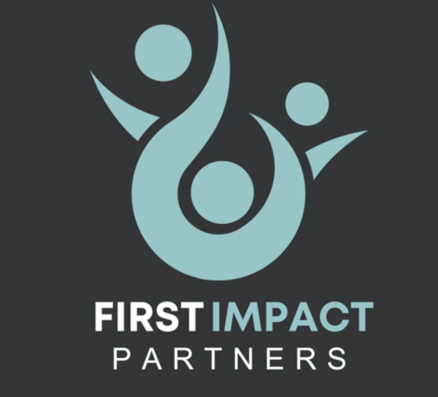Unlocking the Power of Human-Centered Design in Programmatic Research
Dive into the compelling world of Human-Centered Design (HCD) and how it's redefining programmatic research. Discover the blend of empathy, user-centricity, and actionable insights in this revealing blog post.
SOCIO-BEHAVIORAL RESEARCH


Introducing Human Centered Design
The contemporary buzz around Human-Centered Design (HCD) underscores its rising prominence. Yet, it's imperative to understand HCD's true essence beyond fleeting trends. Not just a fashionable term, HCD, deeply rooted in holistic research, becomes even more impactful when amalgamated with approaches such as action research, community-based participatory research, and ethnography.
Central to HCD's ethos is empathy, prioritizing end-users' experiences, needs, and challenges. By positioning user insights at the core, it allows researchers to explore and dig into unique vantage points, viewing challenges from users' perspectives, and devising solutions that harmonize with their lived experiences.
HCD Research Phases
Let’s delineate a few critical phases from the HCD Framework, including:
Inspiration Phase: This is about immersion. Delving into end-users' environments, this phase seeks to comprehend challenges and aspirations through direct interactions and rich observational data. Understanding their daily struggles, motivations, and aspirations, a foundation of insights can be laid.
Ideation Phase: Collaboration is key here. With the challenges mapped, stakeholders, inclusive of users, come together to brainstorm, prototype, and hypothesize solutions. This is the crucible where creativity is melded with user insights, ensuring the evolving solutions remain rooted in user-centricity.
Implementation Phase: This is where theory meets practice. Where rubber meets the road. Piloting the prototypes, they undergo a series of refinements based on feedback, ensuring solutions resonate with real-world scenarios and tangible user needs.
Constant feedback loops are woven throughout, ensuring alignment with user preferences.
So, how does HCD fit in the wider research canvas, and how does it differentiate from or complement traditional research?
Interdisciplinary Impact Research: The Way Forward
The crux in today's rapidly evolving research landscape isn't about selecting one method over another; it's about synergy. Recognizing each method's strengths and intertwining them can amplify impact and contribute significantly to your measurement and evaluation strategy. By incorporating HCD principles into a broader research matrix, you ensure your interventions strike the right chord—being both effective and rooted in empathy.
HCD versus Traditional Research:
Compared to traditional methods like ethnography, which focuses intently on understanding deep-seated cultural and social behaviors, HCD brings a distinct angle. It's solution-oriented. Where ethnography dives deep into cultural nuances and behaviors, HCD crafts interventions based on these insights, offering a dynamic solution-driven blueprint. The beauty, however, is in the synergy. When HCD's actionable lens merges with ethnography's in-depth cultural insights, it births interventions that are not only user-aligned but also culturally attuned.
Ethnographic research, with its commitment to an individual's unique cultural lens, unearths behavioral intricacies. This marriage of in-depth ethnographic understanding with HCD's actionable insights translates to interventions that hit the sweet spot—being both user-centric and contextually appropriate.
FirstImpact’s Approach to Research
FirstImpact Partners stands at the nexus of these approaches, offering a robust, mixed-methods approach. For those keen on a comprehensive, empathetic research paradigm that delivers, partnering with us might be your next strategic move. By melding HCD with holistic research tools, we promise interventions that not just resonate, but genuinely transform.
Jake Abarca, MPH
Director, FirstImpact Partners










